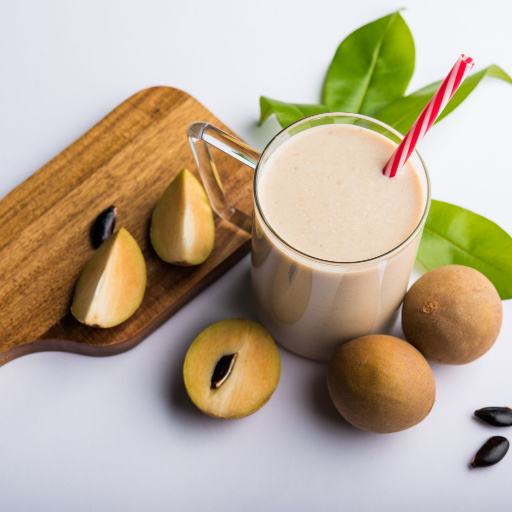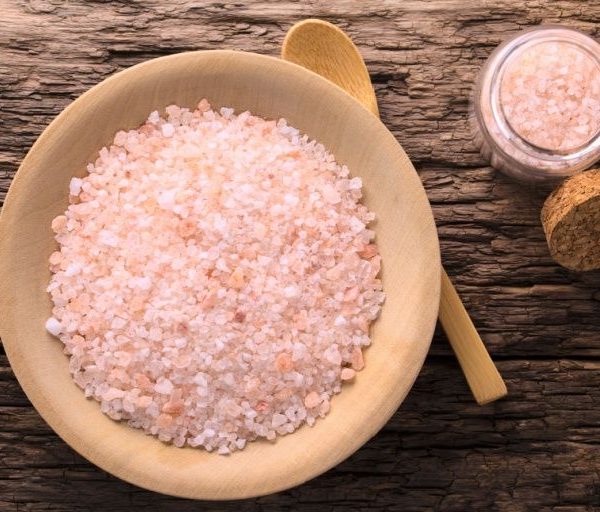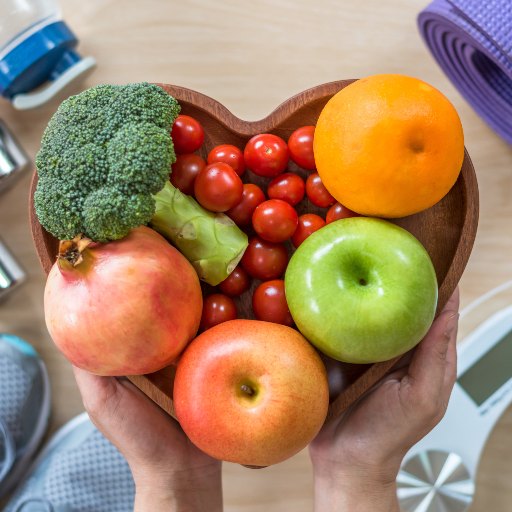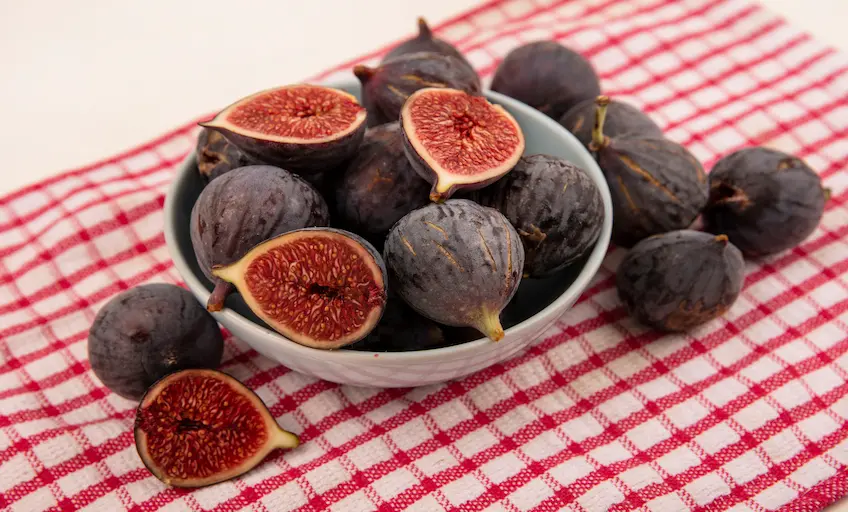Famously known as Chikoo in India, this fruit is also called Sapodilla or Sapota. This tropical fruit is an oval or round-shaped fruit with brown skin and a shiny bean-like seed in the center, and the health benefits of chikoo are plenty.
Calories in chikoo
Sapota is a high-calorie fruit providing 83 calories per 100-gram serving. It contains an abundant source of fiber, vitamin A, and vitamin C that helps build immunity and keeps your skin healthy. It also comprises vital nutrients, including potassium, phosphorous, sodium, iron, magnesium, and copper.
Health benefits of chikoo
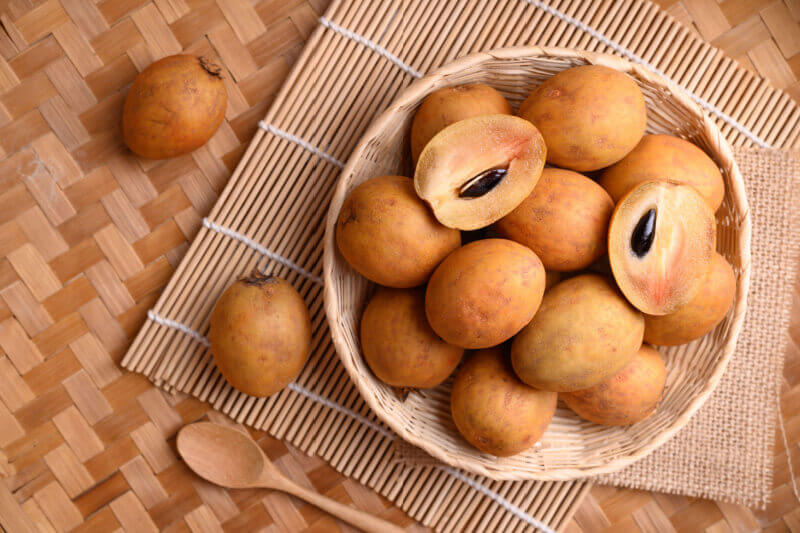
Take a look at the health benefits of chikoo, which contribute to your holistic health and wellness:
- A powerhouse of energy: Being rich in glucose and calories, the chikoo fruit is an essential source of natural energy. It is also considered an excellent fruit for children and pregnant women to meet their increasing energy needs and uplift their overall health.
- Builds and boosts your immunity: Sapota contains vitamin C, which helps build and boost your immune system. In addition, the chikoo fruit is a rich source of the polyphenol compound tannin, which contains anti-inflammatory, antiviral, antibacterial, anti-parasitic, and astringent properties, which protect your body from harmful toxins and microbes, lowering the risk of diseases.
- Promotes gut health: The dietary fibers and tannin compound in sapota neutralize acid secretion in the gut, making it a beneficial fruit in treating hyperacidity symptoms. Also, a helpful laxative relieves constipation and lowers intestine infections. This brings us to the question – Is chikoo good for weight loss management? The dietary fibers in the fruit can help you feel satiated for a long time. Sapota may also help you shed extra kilos and get rid of belly fat.
- Controls blood pressure levels: The two primary minerals in sapota – magnesium and potassium – control blood pressure. On the one hand, magnesium widens or dilutes the blood vessels for easy blood circulation. On the other hand, potassium removes excess sodium from the body through urine.
- Lowers the risk of cancer: The high dose of antioxidants found in chikoo may lower the risk of different types of cancer. Healthy levels of vitamin A and vitamin B maintain the many mucus linings in the body to reduce the prospect of lung and oral cancer.
- Anti-inflammatory agent: One of the many health benefits of chikoo is its anti-inflammatory properties. It improves the digestive tract’s condition by combatting diseases such as gastritis, esophagitis, irritable bowel syndrome, and enteritis. This fruit is also a boon against arthritis, joint pain, and swelling.
- Healthy bones: The rich amounts of calcium, phosphorous, and iron in sapota can keep your bones strong by enhancing their endurance.
- Benefits your skin: If you want healthy skin, then add chikoo to your meals. It contains antioxidants that eradicate free radicals in the body responsible for aging. It contains minerals, dietary fiber, and vitamin E that moisturizes your skin. Chikoo seeds contain kernel oil that aids in reducing skin inflammation. It can also be used as a poultice applied on the skin to relieve painful afflictions and soreness.
- Relieves congestion: Along with the main fruit, chikoo’s skin and leaves can also be advantageous. Due to its antibiotic, antidiarrheal, diuretic, anti-hyperglycemic, and hypocholesterolemia features, it can treat colds and coughs by eliminating phlegm and mucus from the nasal tube and respiratory tract.
Adding seasonal fruits and vegetables to your meals can immensely benefit your body. You may consume two very small or one medium-sized chikoo a day. However, consuming too much chikoo at once can be detrimental to your weight loss management plan. Chikoo makes for a popular ingredient in salads, custards, cakes, and desserts. It can also be blended into milk, yogurts, smoothies, and shakes for its dominating flavors.
Stay active in the Activ Living Community to find more details on lifestyle and fitness.
Popular Searches
Intermittent fasting | Bmi calculator | Bmr calculator | Dry cough home remedies | Period calculator | Home remedies for tooth pain | Home remedies for high bp | Low carb foods | Benefits of ragi | Alkaline foods | How many calories to burn daily | Fruits in winter | How to control sugar | How to lower blood pressure | Protein rich food | Trans fat foods | Allopathy vs Homeopathy | Yoga for pregnant women | Weight lifting exercises | Benefits of laughing | Home remedies for asthma | Neck pain relief exercises| Morning meditation | Yoga nidra benefits | Is kiwi good for diabetes | Types of walking | Symptoms of mucormycosis | How to deal with anxiety





 1800-270-7000
1800-270-7000

